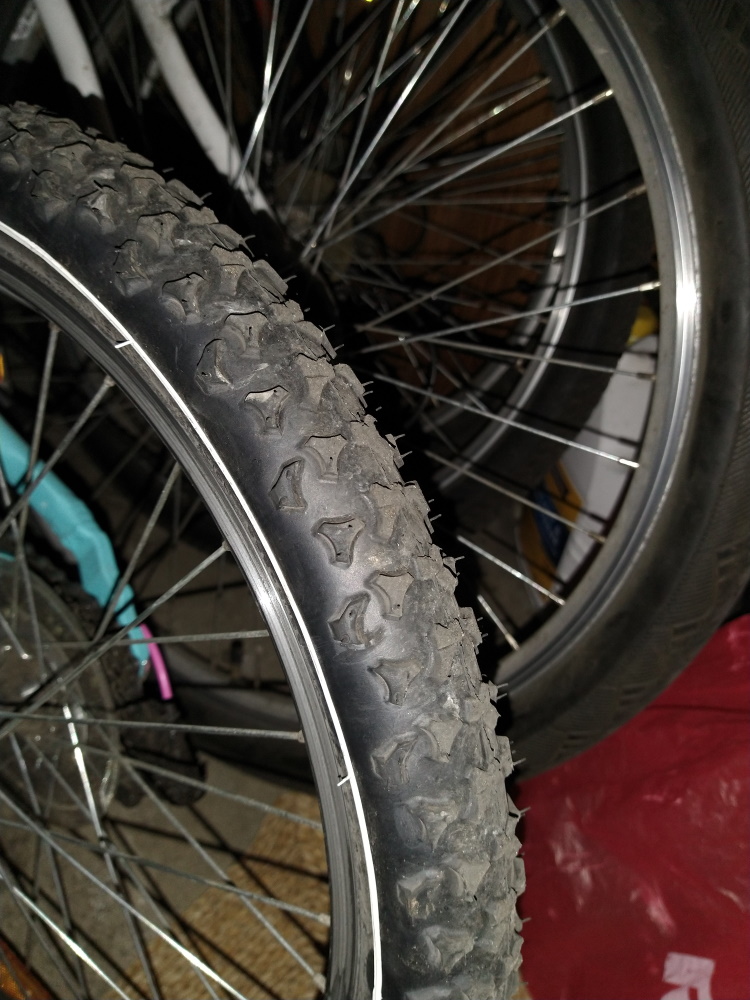My son is 6 years old, weighs about 20kg himself. The bike we have for him is this Merida Matts J20 which weighs about 13kg.
His riding skills are fine but I get the feeling he's not comfortable on the bike. He often raises himself from the seat and rarely rides in a straight line, which frequently leads to minor accidents.
We're not going fast - about 10km/h average - but it seems he still needs a lot of effort to keep going. The bicycle just doesn't seem to have nearly as much inertia as everyone else. This results in him standing up to deliver more power to the pedals and the aforementioned swerving when going too slow.
And sure, the mass and its distribution is definitely a factor here; as well as him being easily distracted and not paying full attention to the road, but... feels like it should still be better than it is.
I've tried spinning the wheels but they seem to be moving freely (although the rear wheel does slow down a bit faster than I would expect, but perhaps that's normal). The tire pressure also seems normal, but I'll check tomorrow with a meter.
I'm wondering if perhaps tires could be a significant factor? They have a large protector like for off-road usage and we're riding almost exclusively on paved sidewalks:

Would the bike handle better with smoother tires? Are there any other tips you might share that could help? Or is this just par for the course with 6 year olds?
Update
I increased the tire pressure to 3.5 bar (was below 2) and raised the seat by a few cm. This seems to have made a significant difference and he is riding better now. I also checked with a LBS that the rear wheel was turning normally. He still likes to raise himself from the seat but is now riding with less swerving and seems to require less effort. Here's a picture, maybe there's something else that can be gleaned:

